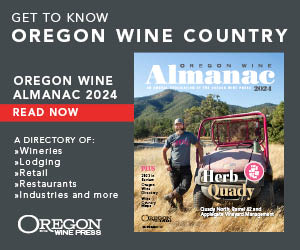City can weigh study’s value by embracing its to-do list
When you visit the doctor, and receive a clean bill of health, how do you react? Do you applaud your good fortune or lament wasting money on tests turning up nothing of note?
No matter what the doctor found or didn’t find, you probably got a list of steps you could take to ensure continued good health. How does that factor in?
It depends, we suspect, on whether you’re more the glass-half-full or glass-half-empty kind of person. We’re prone to glass-half-full optimism, ourselves, thus prone to finding value both in getting checked out and in getting some recommendations for avoiding future trouble.
We take a like view of the city’s decision to have a municipal parking specialist assess the health of its downtown parking system.
The city invested $35,000 in an 18-month study. It found no major issues requiring immediate attention, but did produce a list of fine-tuning actions the city could take to ward off future trouble.
Critics were quick to brand the study as just one more example of wasted taxpayer dollars, something they see government specializing in. But assuming the city takes heed — and one of the recommendations is creating a task force to provide continued monitoring — we regard it as money well spent.
It seems to us the most critical recommendations, aside from creating the task force, are giving the 30-year-old parking structure a long-overdue facelift, rooting employees close-in customer spaces, seeking partners for dual-use programs and imposing time limits on currently unrestricted spaces.
The dilapidated 1980s relic passing for a downtown parking garage is a disgrace. It lacks signage and curb appeal. What’s more, it’s littered with transients and their trash, particularly on its often unused upper level.
Yet it’s perfecting sound functionally. Given an inviting new look, it could host downtown employees currently hogging an unacceptably large percentage of high-value, close-in street and lot spaces.
The city needs to take concrete action to disperse downtown employees and limit all-day parking on downtown fringes. It can’t settle simply for good will appeals. Seeking shared-use partners, notably churches, also has merit.
The consultant counted 2,845 spaces, 798 on-street and the rest off. It found occupancy maxed at 85 percent, even during the tourist season, and that’s a relatively comfortable nine points below the danger level.
However, it said occupancy peaks on weekdays. It blamed that reversal of form on employee use, which simply can’t be tolerated long-term.









Comments